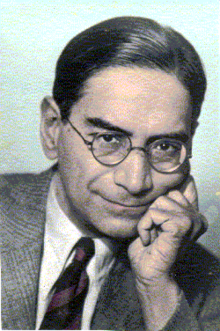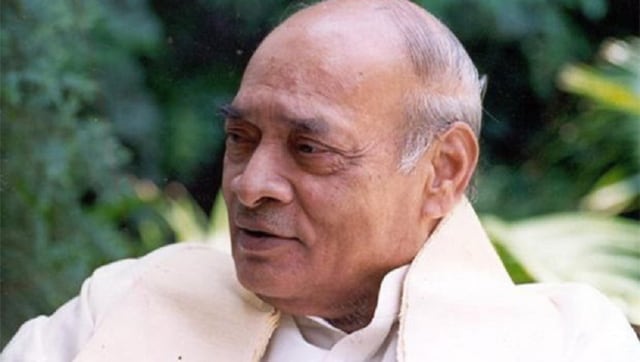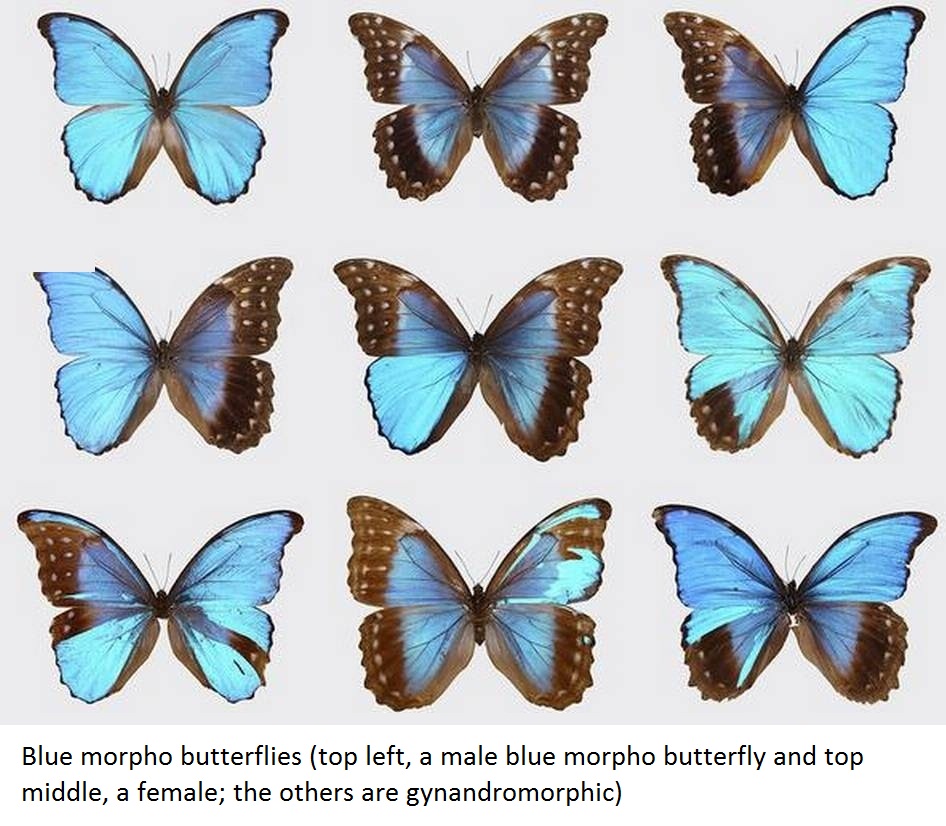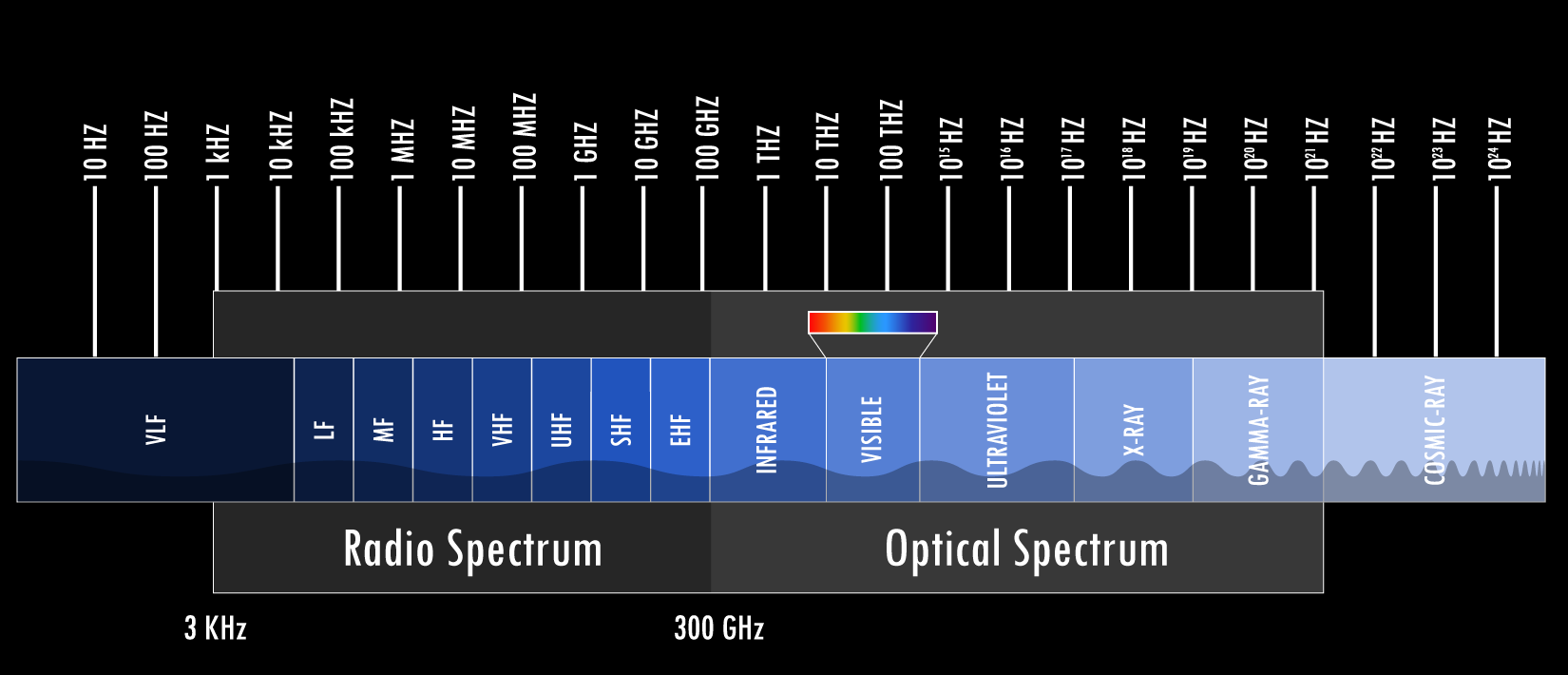Indian Economy
Liquidity Measures Extended for Banks
Recently, the Reserve Bank of India (RBI) has extended the relaxation relating to Marginal Standing Facility (MSF) scheme till 30th September 2020.
- It has also extended the relaxation relating to maintenance of Cash Reserve Ratio (CRR) up to 25th September 2020.
- This was done in view of the hardships being faced by banks in terms of social distancing at work and consequent strain on reporting requirements.
Key Points
- Marginal Standing Facility:
- The RBI, as a temporary measure, had increased the borrowing limit of scheduled banks under the MSF scheme from 2% to 3% of their deposits with effect from 27th March 2020.
- Earlier, the above relaxation was granted till 30th June 2020.
- MSF is a window for scheduled banks to borrow overnight from the RBI in an emergency situation when interbank liquidity dries up completely.
- Under interbank lending, banks lend funds to one another for a specified term.
- Banks borrow from the RBI by pledging government securities at a rate higher than the repo rate under Liquidity Adjustment Facility (LAF).
- Repo rate is the rate at which the RBI lends money to commercial banks against the securities in the event of any shortfall of funds.
- Loans provided at repo rate are provided for a specified period with an obligation that the bank will repurchase the securities back at a predetermined rate.
- Differences between Repo Rate and MSF
- Repo rate is the rate at which RBI lends money to commercial banks, while MSF is a rate at which RBI lends money to scheduled banks.
- The repo rate is given to banks that are looking to meet their short-term financial needs. While, the MSF is meant for lending overnight to banks.
- Lending at repo rates involves a repurchase agreement of securities. While it is not so in MSF.
- Under MSF, banks are also allowed to use the securities that come under Statutory Liquidity Ratio (SLR) in the process of availing loans from RBI.
- Under SLR, commercial banks are mandated by RBI to maintain a stipulated proportion of their deposits in the form of liquid assets like cash, gold and unencumbered (free from debt) securities.
- The RBI, as a temporary measure, had increased the borrowing limit of scheduled banks under the MSF scheme from 2% to 3% of their deposits with effect from 27th March 2020.
- Cash Reserve Ratio:
- On 27th March, 2020 the minimum daily maintenance of the CRR was reduced from 90% of the prescribed CRR to 80%.
- The above facility was available till 26th June 2020.
- CRR is the amount of liquid cash that banks have to maintain with the RBI, as a percentage of their total deposits.
- On 27th March, 2020 the minimum daily maintenance of the CRR was reduced from 90% of the prescribed CRR to 80%.
Key Terms
- Scheduled Banks: Any bank which is listed in the 2nd schedule of the RBI Act, 1934 is considered a scheduled bank.
- The banks included in this category should fulfil two conditions:
- The paid up capital and collected fund of the bank should not be less than Rs. 5 lakh.
- Any activity of the bank shall not adversely affect the interests of the depositors.
- The banks included in this category should fulfil two conditions:
- Commercial Banks: It refers to both scheduled and non-scheduled commercial banks which are regulated under the Banking Regulation Act, 1949.
- Liquidity Adjustment Facility (LAF) is a tool used in monetary policy by the RBI, that allows banks to borrow money through repurchase agreements (repos) or for banks to make loans to the RBI through reverse repo agreements.
- Reverse repo rate is the rate at which the RBI borrows money from commercial banks within the country.
Governance
BharatNet Project
Why in News
Recently, the Department for Promotion of Industry and Internal Trade (DPIIT) ordered the scrapping of a Rs 1,950 crore tender for the BharatNet project in Tamil Nadu.
Department for Promotion of Industry and Internal Trade
- It comes under the aegis of the Ministry of Commerce and Industry.
- It was established in 1995 and has been reconstituted in the year 2000 with the merger of the Department of Industrial Development.
- In February 2019, it was renamed to the existing one from the previous name, Department of Industrial Policy & Promotion (DIPP).
- Functions:
- With progressive liberalisation of the Indian economy, initiated in July 1991, there has been a consistent shift in the role and functions of this Department.
- From regulation and administration of the industrial sector, the role of the Department has been transformed into facilitating investment and technology flows and monitoring industrial development in the liberalised environment.
Key Points
- BharatNet is a flagship mission implemented by Bharat Broadband Network Ltd. (BBNL).
- It is a Special Purpose Vehicle (SPV) set up by the Government of India under the Companies Act, 1956 with an authorized capital of Rs 1000 crore.
- Initially, it was under the Ministry of Communications and Information Technology, which was bifurcated into the Ministry of Communications and the Ministry of Electronics and Information Technology in July 2016.
- Currently, it is being implemented by the Department of Telecommunication under the Ministry of Communications.
- It is a Special Purpose Vehicle (SPV) set up by the Government of India under the Companies Act, 1956 with an authorized capital of Rs 1000 crore.
- National Optical Fibre Network (NOFN) was launched in October 2011 and was renamed as Bharat Net Project in 2015.
- National Optical Fibre Network:
- It was envisaged as an information superhighway through the creation of a robust middle-mile infrastructure for reaching broadband connectivity to Gram Panchayats.
- The Ministry of Communications has launched the National Broadband Mission that will facilitate universal and equitable access to broadband services across the country, especially in rural and remote areas.
- Aim:
- To facilitate the delivery of e-governance, e-health, e-education, e-banking, Internet and other services to rural India.
- To connect all the 2,50,000 Gram panchayats in the country and provide 100 Mbps connectivity to all gram panchayats.
- To achieve this, the existing unused fibres (dark fibre) of public sector undertakings (PSUs) (BSNL, Railtel and Power Grid) were utilised and incremental fibre was laid to connect to Gram Panchayats wherever necessary.
- Non-discriminatory access to the NOFN was provided to all the service providers like Telecom Service Providers (TSPs), Cable TV operators and content providers to launch various services in rural areas.
- It was envisaged as an information superhighway through the creation of a robust middle-mile infrastructure for reaching broadband connectivity to Gram Panchayats.
- The entire project is being funded by the Universal Service Obligation Fund (USOF), which was set up for improving telecom services in rural and remote areas of the country.
- Implementation:
- The project is a Centre-State collaborative project, with the states contributing free Rights of Way for establishing the Optical Fibre Network.
- The three-phase implementation of the BharatNet project is as follows:
- First Phase: Provide one lakh gram panchayats with broadband connectivity by laying underground optic fibre cable (OFC) lines by December 2017.
- Second Phase: Provide connectivity to all the gram panchayats in the country using an optimal mix of underground fibre, fibre over power lines, radio and satellite media. It is to be completed by March 2019.
- Third Phase: From 2019 to 2023, a state-of-the-art, future-proof network, including fibre between districts and blocks, with ring topology to provide redundancy would be created.
- The participation of states became important in the second phase which involved laying of OFC over electricity poles. This was a new element of the BharatNet strategy as the mode of connectivity by aerial OFC has several advantages, including lower cost, speedier implementation, easy maintenance and utilization of existing power line infrastructure.
Dark fibre
- It is an unused optical fibre that has been laid but is not currently being used in fibre-optic communications. Since fibre-optic cable transmits information in the form of light pulses, a ‘dark’ cable refers to one through which light pulses are not being transmitted.
- Companies lay extra optical fibres in order to avoid cost repetition when more bandwidth is needed.
- It is also known as unlit fibre.
Governance
National Statistics Day
Why in News
This year, the Statistics Day (29th June) will be celebrated virtually, in view of the travel and safety advisories on account of the global Covid-19 pandemic.
Key Points
- Every year, the Statistics Day is celebrated on 29th June, the birth anniversary of Prof. Prasanta Chandra Mahalanobis, to recognise his invaluable contribution in establishing the National Statistical System.
- Aim:
- To popularise the use of statistics in everyday life and sensitise the public as to how statistics help in shaping and framing policies.
- To raise public awareness, especially among the younger generation, about the role of statistics in socio-economic planning.
- Theme for 2020:
- SDG-3 (Ensure healthy lives and promote well-being for all at all ages) and SDG-5 (Achieve gender equality and empower all women and girls).
- It carries forward the theme for 2019 which was ‘Sustainable Development Goals (SDGs)’.
- SDG-3 (Ensure healthy lives and promote well-being for all at all ages) and SDG-5 (Achieve gender equality and empower all women and girls).
- New Releases and Launch:
- The updated version of the Report on Sustainable Development Goals-National Indicator Framework (NIF) Progress Report 2020 will be released during the event.
- The Indian Statistical Services Cadre Management Portal will also be launched.
- The winners of Prof. P C Mahalanobis National Award and Prof. P. V. Sukhatme Award 2020 will be declared during the event.
- In 2019, the Ministry of Statistics and Programme Implementation instituted Prof. P C Mahalanobis National Award in official statistics for recognizing outstanding achievement of official statisticians in central government, state governments and institutions.
- The Ministry also recognises the outstanding contribution for high-quality research work in the field of applied and theoretical statistics benefitting the official statistical system through the Prof. C R Rao and Prof. P V Sukhatme awards, awarded in alternate years.
Prasanta Chandra Mahalanobis (1893-1972)
- He is considered the father of modern statistics in India, founded the Indian Statistical Institute (ISI), shaped the Planning Commission (which was replaced by the NITI Aayog on 1st January 2015) and pioneered methodologies for large-scale surveys.
- He introduced innovative techniques for conducting large-scale sample surveys, calculated acreages and crop yields, using the method of random sampling.
- He also devised a statistical method called ‘Fractile Graphical Analysis’, used to compare socio-economic conditions of varied groups.
- Timeline:
- 1930: Proposed the Mahalanobis Distance for the first time, which is a measure of comparison between two data sets.
- The formula is used to find the distance between a point and a distribution, based on measurements in multiple dimensions. It is widely used in the field of cluster analysis and classification.
- 1932: Founded the ISI in Kolkata (formerly Calcutta) which was declared as an institute of national importance in 1959.
- 1933: Launched ‘Sankhya: The Indian Journal of Statistics’.
- 1950: Established the National Sample Survey and set up the Central Statistical Organisation to coordinate statistical activities.
- 1955: Became a member of the Planning Commission and continued in that capacity till 1967.
- He was instrumental in formulating India’s second five-year-plan (1956-1961), which laid the blueprint for industrialisation and development in India.
- 1968: Honoured with the Padma Vibhushan.
- He was also conferred a large number of awards by international organisations.
- 1930: Proposed the Mahalanobis Distance for the first time, which is a measure of comparison between two data sets.
Important Facts For Prelims
Gynandromorphism
Why in News
Recently, a rare biological phenomenon i.e. Gynandromorphism has been spotted in a dragonfly, the Scarlet Skimmer (Crocothemis servilia), which is found in the Kole wetlands, Kerala.
- The dragonfly had both male and female characteristics.
Key Points
- Gynandromorphism is a characteristic of an organism that contains both male and female tissues and characteristics. Such organisms are also called gynandromorphs.
- The term is derived from the Greek words (gyne = woman; aner = man and morphe = form).
- The phenomenon has been documented in birds, crustaceans and butterflies.
- Reason:
- Gynandromorphs are usually born due genetic aberration.
- Genetic aberrations are chromosomal disorder or mutation which is due to a missing, extra, or irregular portion of chromosomal DNA.
- Importance of the Study of gynandromorphism:
- It helps in finding the genetic diversity in related species which further contributes to the conservation and preservation.
- It also aids in discovery of disease and other changes in the specific species due to factors like climate change and ecological evolutions.
- Further, the study of gynandromorphs could offer clues as to why some human diseases strike one gender more than the other.
Kole Wetlands
- Kole Wetlands is a wetland lying in Thrissur District in Kerala.
- It gives 40% of Kerala's rice requirement and acts as a natural drainage system.
- It is a part of Vembanad-Kole wetlands, a Ramsar site and has been colonised by invasive species.
- The Society for Odonate Studies (Kerala) has been conducting Odonate surveys at the Kole wetlands since 2018, and 37 species of dragonflies and damselflies have been reported from the wetlands so far.
Dragonfly
- A dragonfly is an insect belonging to the order Odonata, class Insecta.
- Adult dragonflies are characterized by large, multifaceted eyes, two pairs of strong, transparent wings, sometimes with coloured patches, and an elongated body.
- They are ecologically significant as they act as bioindicators.
- Bioindicators are living organisms such as plants, plankton, animals, and microbes, which are used to assess the health of the natural ecosystem in the environment.
Important Facts For Prelims
PV Narasimha Rao
Why in News
Recently, the Telangana Chief Minister launched the year-long celebrations to commemorate the birth centenary of former prime minister P V Narasimha Rao.
- The centenary celebrations will highlight the 360-degree personality of P V Narasima Rao.
Key Points
- PV Narasimha Rao was born on 28th June 1921 in erstwhile Nizam's Hyderabad state.
- He was a freedom fighter, academician, and literary figure. He was also the 9th Prime Minister of India from 1991 to 1996.
- He published ‘SahasraPhan’, a Hindi translation of the famous Telugu Novel ‘Veyi Padagalu’.
- Economic Reforms: He sought to dismantle the restrictions imposed under the license raj, reduce red tape and make Indian industries more competitive.
- He is known for bringing the policy of economic liberalisation in India.
- The economic liberalisation in India is referred to the liberalisation of the country's economic policies.
- It was initiated in 1991 with the goal of making the economy more market- and service-oriented, and expanding the role of private and foreign investment.
- He is known for bringing the policy of economic liberalisation in India.
- Foreign Policy: In terms of foreign policy, he established diplomatic relations with Israel.
- The Look East Policy of India was also initiated during his tenure.
- He is also known for reversing decades of unfriendly relations between India and the United States by bringing them together.
- Constitutional Reforms: The 73rd and 74th Constitutional Amendments Act empowering local bodies were enacted during his tenure.
Important Facts For Prelims
HAM Radio
Why in News
Recently HAM (amateur) radio operators have volunteered to help a special task force that has been constituted in Bengaluru to ensure that citizens placed under home quarantine follow the protocol for it.
Key Points
- Amateur radio, also called ham radio, is a noncommercial two-way radio communications. They use many frequency bands across the radio spectrum.
- HAM radio is a real-time communication network. This is much like wireless communication which is quick and transparent.
- Amateur Radio operators set up and operate organized communication networks locally for governmental and emergency officials, as well as non-commercial communication for private citizens affected by the disaster.
- Amateur Radio operators are most likely to be active after disasters that damage regular lines of communications due to power outages and destruction of telephone, cellular and other infrastructure-dependent systems.
Indian Scenario
- According to the Indian Wireless Telegraphs (Amateur Service) Amendment Rules, 1984, ‘Amateur service’ means a service of self training intercommunications and technical investigation carried on by Amateurs that is, by persons duly authorized under these rules interested in radio technique solely with a personal aim and without pecuniary interest.
- It is a non-commercial radio communication service.
- Amateur radio operators are commonly known as hams. The term “Ham radio” is used to describe the hobby of Amateur radio and not the equipment.
- Similarly the term “Ham” is used to describe a radio amateur enthusiast and not the equipment.
- Any citizen of India who is above 12 years of age can become a ham by qualifying in the Amateurs Station Operators’ examination (ASO) and obtaining a valid Amateur wireless telegraph station license.
Radio Waves
- Radio waves have the longest wavelengths in the electromagnetic spectrum.
- These were discovered by Heinrich Hertz in the late 1880s.
- These are produced by the accelerated motion of charges in conducting wires. They are used in radio and television communication systems.
- They are generally in the frequency range from 500 kHz to about 1000 MHz.
- The AM (Amplitude Modulated) band is from 530 kHz to 1710 kHz. The FM (Frequency Modulated) radio band extends from 88 MHz to 108 MHz.
- Higher frequencies up to 54 MHz are used for short wave bands. TV waves range from 54 MHz to 890 MHz.
- Cellular phones use radio waves to transmit voice communication in the Ultra High Frequency (UHF) band.
- Radio-wave communications signals travel through the air in a straight line, reflect off of clouds or layers of the ionosphere, or are relayed by satellites in space.
Important Facts For Prelims
Sankalp Parva: Plantation of Trees
Why in News
The Ministry of Culture is celebrating ‘Sankalp Parva’ to plant trees from 28th June to 12th July 2020.
- The initiative has been taken on the call of the Prime Minister to plant at least five trees either in office campus or wherever it is possible, to ensure a clean and healthy environment of the country.
Key Points
- The Ministry of Culture has recommended planting five trees which represent the herbal heritage of the country.
- These trees are: Bargad, Awla, Pepal, Ashok and Bel. These are also medicinal plants.
- Other Initiatives Related to Plantation of Trees:
- Recently, the government has announced implementation of the Nagar Van (Urban Forest) Scheme which aims to develop 200 Urban Forests across the country in the next five years.
- The Compensatory Afforestation Fund (CAF) Act was passed in 2016 to manage the funds collected for compensatory afforestation which till then was managed by Ad hoc Compensatory Afforestation Fund Management and Planning Authority (CAMPA).
- Compensatory afforestation means that every time forest land is diverted for non-forest purposes such as mining or industry, the user agency pays for planting forests over an equal area of non-forest land, or when such land is not available, twice the area of degraded forest land.
- The National Medicinal Plants Board (NMPB - under the Ministry of AYUSH) intends to establish herbal gardens of various types to popularize the usefulness of commonly available and frequently used medicinal plants among the various stakeholders.
- The Jajpur district administration in Odisha has made plantation a mandatory precondition for granting licenses for eight services including society registration, license for minor minerals, setting up crusher units, purchase of new vehicles, issuance of solvency certificate, etc.
Important Facts For Prelims
Dr. Joseph Mar Thoma
Why in News
India has celebrated the 90th birthday of Dr. Joseph Mar Thoma, a reverend father and distinguished member of Mar Thoma Church.
- He is the current Marthoma Metropolitan (higher rank of Bishop) of the Mar Thoma Syrian Church.
- The Mar Thoma Church is closely linked with the noble ideals of Saint Thomas, the Apostle (each of the twelve chief disciples of Jesus Christ) of Lord Christ.
Key Points
- The Mar Thoma Church is also known also as the Mar Thoma Syrian Church of Malabar.
- It was founded by Saint Thomas (Mar Thoma), one of the twelve disciples of Jesus Christ, and known by the name of the Apostle, in the year AD 52.
- Mar Thoma Syrian Church of Malabar is one of the oldest denominations of Christianity.
- It is an autonomous Oriental Indian church headquartered at Thiruvalla, Kerala, India, which has over 1.6 million followers across the globe.
- Oriental Indian churches: The Oriental Orthodox Churches are a group of Christian churches adhering to the ideology that Jesus is a one person in two nature's i.e. divine and human.






